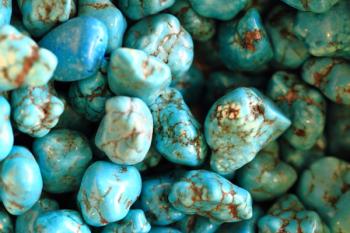
Researchers have successfully applied laser-induced breakdown spectroscopy (LIBS) technology to quantitatively detect raw ore turquoise, a key ingredient in Tibetan medicines.

Researchers have successfully applied laser-induced breakdown spectroscopy (LIBS) technology to quantitatively detect raw ore turquoise, a key ingredient in Tibetan medicines.

Researchers have developed a new methodology using laser-induced breakdown spectroscopy (LIBS) and the support vector machine model (SVM) to classify defects in metal-additive manufacturing (AM) parts.
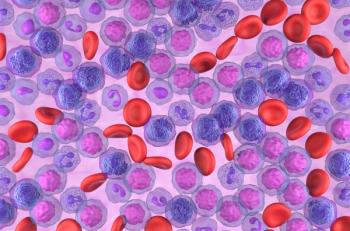
A new study reveals the potential of Raman spectroscopy in recognizing nucleophosmin (NPM1) mutant gene expression in leukemia cells.

A new study presents significant improvements in the online-laser ablation of solids in liquids (online-LASIL) technique for quantitative analysis of trace elements in technological materials.
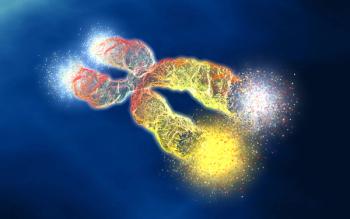
Scientists have developed an innovative method combining response surface methodology (RSM) and artificial intelligence network (AIN) to accurately estimate malondialdehyde (MDA) levels, a crucial biomarker for lipid peroxidation and oxidative stress measurement.

A research team has developed a novel method for rapidly detecting the grade of molybdenum ore using a combination of visible-infrared spectroscopy and machine learning.
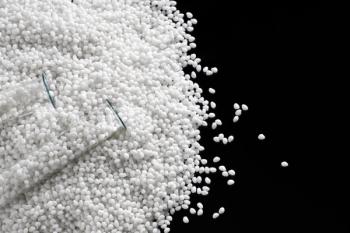
A research group has made significant progress in enhancing the sensitivity of laser-induced breakdown spectroscopy (LIBS) for analyzing polymer additives.

A recent study utilized Raman spectroscopy to confirm the presence of microplastics in karst spring waters.

New research demonstrates significant progress in accurately measuring hydrogen on airless planetary bodies using laser-induced breakdown spectroscopy (LIBS). These findings provide valuable insights into the spatial distributions and depth profiles of hydrogen-bearing materials, addressing previous uncertainties in remote-sensing observations and opening doors for future space exploration missions.

A team of researchers has conducted a successful round-robin test using total reflection X-ray fluorescence (TXRF) to analyze the elemental composition of rat tissue samples. The preliminary results demonstrate the effectiveness of TXRF in accurately determining the elemental composition of mammalian tissue.

Scientists from multiple institutions have employed advanced techniques to investigate the pigmentation of Vitis vinifera Red Globe grapes. Their findings indicate that cyanidin-3-O-glucoside and peonidin-3-O-glucoside are the primary biomolecules responsible for the vibrant coloration of these grapes.

Researchers have compared two types of bismuth atomic lamps for atomic fluorescence spectrometry (AFS) and found that the electrodeless discharge lamp (EDL) exhibited significantly higher sensitivity and lower detection limits compared to the boosted discharge hollow cathode lamp (Superlamp).

Scientists have developed a novel method for detecting toxic mixed red tide algae in the Qinhuangdao sea area using three-dimensional fluorescence spectroscopy and chemometrics.

A researcher group has utilized laser-induced breakdown spectroscopy (LIBS) to develop a method for food authentication and quality analysis.

A research team has developed a nondestructive method to assess the healing ability of plant tissues by analyzing the fluorescence properties of wounds on soybean seedlings.

Researchers have developed advanced laser-induced breakdown spectroscopy (LIBS) methods for rapid element quantification in alloy particles, aiding in the efficient analysis and identification of their source materials.

In a recent study, researchers analyzed the correlation between laser-induced breakdown spectroscopy (LIBS) and acoustic signals captured by the microphone (MIC) on NASA's Perseverance rover during its mission on Mars.
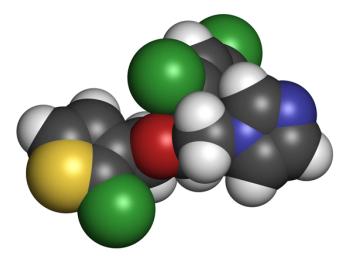
Researchers have developed microbiological and spectrophotometric methods for the quantitative determination of tioconazole, an antifungal drug, providing valuable tools for the analysis and quality control of tioconazole in pharmaceutical preparations.
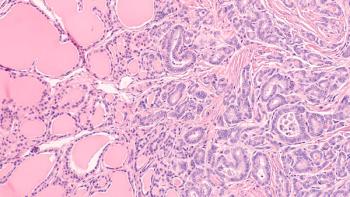
A recent study utilized infrared microspectroscopy to investigate the chemical composition of psammoma bodies (PBs) in ovarian and thyroid cancer tissues.

A recent study utilized laser-induced breakdown spectroscopy (LIBS) and inductively coupled plasma optical emission spectroscopy (ICP-OES) to examine the uptake and distribution of heavy metals in industrial hemp and white mustard plants.

Researchers have developed a novel near-infrared fluorescent probe, FNIR-pH, that allows sensitive detection of mitochondrial pH and study of mitophagy, revealing cellular health and disease processes.
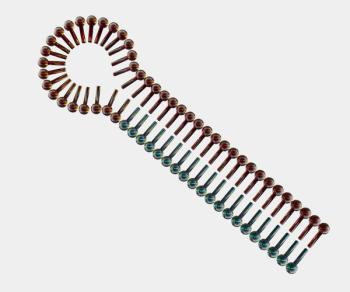
A newly published study reveals that double spacer disk antennas enable the simultaneous detection of molecules in a surface-enhanced infrared absorption (SEIRA) sensor platform.

Scientists have introduced a statistical definition of the limit of detection (LOD) for calibration-free laser-induced breakdown spectroscopy (CF-LIBS). The study provides a robust framework for LOD determination, addressing the high LOD associated with LIBS and enabling more accurate trace element analysis.

Researchers have developed a new biosensors decorated with silver nanoparticles that enable the sensitive detection of the Acyclovir drug on filter paper substrates.

Serum Raman spectroscopy combined with a convolutional neural network (CNN) offers a highly accurate and noninvasive method for diagnosing gastric, colon, rectal, and lung cancers paving the way for improved cancer screening and early detection.

Researchers have utilized an integrated wavelength-dispersive and energy-dispersive X-ray fluorescence spectrometer technique to comprehensively analyze bromine, iodine, and other components in soil samples, demonstrating an innovative method for quantitative elemental analysis of complex matrix geological samples.

Researchers have developed an intelligent detection method for quaternary blended oil using near-infrared spectroscopy (NIRS) technology.

Scientists have developed a rapid and accurate method for predicting cocoa shell content in cocoa powder using handheld and benchtop vis-NIR spectrometers combined with chemometric techniques.

Researchers have developed an eco-friendly method using chemometric techniques and artificial neural networks for simultaneous determination of aspirin, clopidogrel, and either atorvastatin or rosuvastatin in their fixed-dose combination (FDC) formulations using ultraviolet (UV) spectrophotometry.
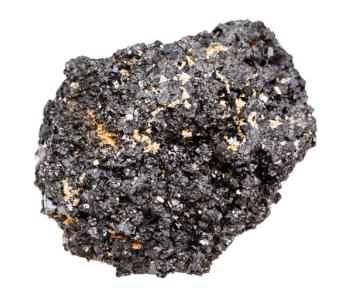
A recent study reveals the pressure-induced phase transitions in imidazolium manganese-hypophosphite hybrid perovskite using Raman spectroscopy.